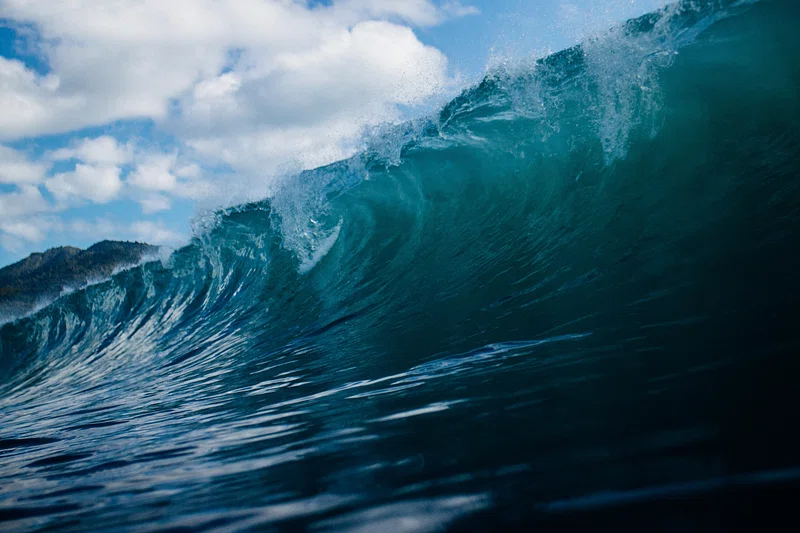
Over the course of the next 50 years, there is as much as a 20% probability the Pacific Northwest would be shaken by an earthquake of magnitude 9.0 and that’s only the worst news. There’s a concern among experts that this “sleeping giant” might kill over 13,000, bring 100-foot tsunamis, and irreparably submerge sections of the coastline in a matter of minutes.
For Oregon, Washington, and Northern California residents, the Cascadia Subduction Zone is more than a geological oddity it’s the most perilous seismic hazard in the United States. And although the science is grim, recognizing the dangers now is the key to surviving what FEMA refers to as “the deadliest quake in U.S. history.”
Here’s what scientists, history books, and the latest models are telling us about the disaster that might rewrite life in the Pacific Northwest and the responses that might save lives.
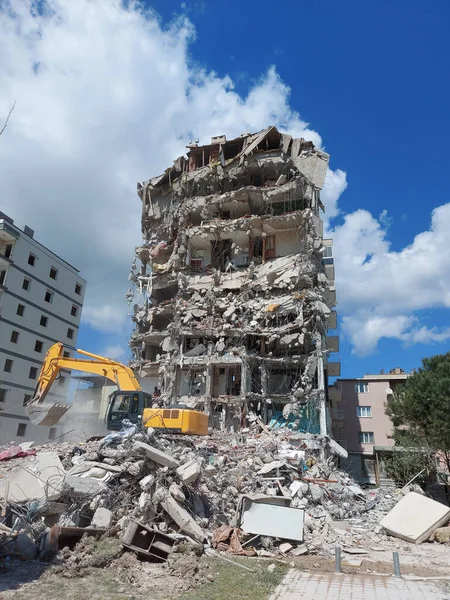
1. The Fault That Could Rewrite History
Stretching 700 miles from Northern California to British Columbia, the Cascadia Subduction Zone has the potential to create earthquakes so massive they compare to the biggest ever recorded. Oregon State University’s Dr. Chris Goldfinger describes it as “a sleeping giant” that can “change everything in minutes.” A full-margin rupture would have a magnitude of 9.2, shaking for as long as six minutes and causing tsunamis that reach the coast within 20 minutes.
Geologic and historical records indicate at least 11 giant quakes here during the last 7,000 years with recurrence periods ranging from 200 to 800 years. The most recent hit in January 1700, as attested to both by Native oral tradition and an “orphan tsunami” in Japan.
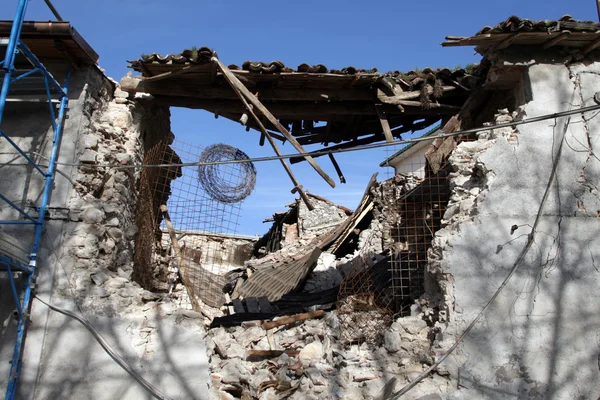
2. The Death Toll Could Top 13,000
Federal and state scenario planning gives a dire picture a complete Cascadia rupture might kill approximately 13,000, wound tens of thousands more, and damage key infrastructure over three states. FEMA states it would be the deadliest earthquake in American history, with some communities isolated for weeks.
Winter timing would double the damage, as water-soaked soils enhance shaking and landslides. The most vulnerable populations e.g., residents in nursing homes and patients on dialysis would need immediate air evacuation, an under any circumstances difficult logistical feat.
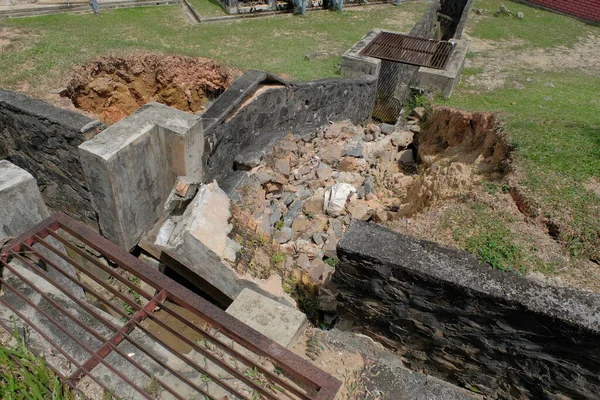
3. Land Would Sink More Than Six Feet Permanently
The most catastrophic yet underappreciated impact is immediate coastal subsidence. A study in the Proceedings of the National Academy of Sciences indicates a Cascadia quake would lower ground up to 6.6 feet immediately, which would increase the high-risk floodplain by as much as 116 square miles.
That would effectively double the exposure to flooding for residents, buildings, and highways within minutes.
In contrast to gradual sea-level rise, this is an instant, irreversible change that renders some land uninhabitable for decades or centuries.
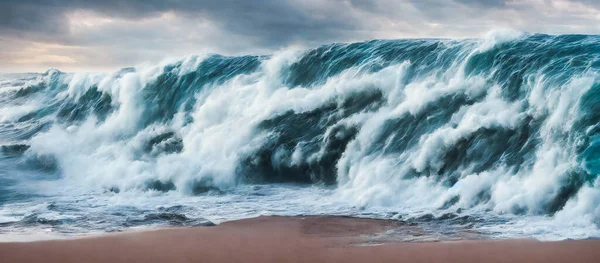
4. Tsunami Waves May Exceed 100 Feet
Computer models of tsunamis foretell towering waves inundating coastal towns from Humboldt Bay to Neah Bay. In other areas, the shore might drop six feet before the first wave hits, giving water a chance to flood even further inland.
Virginia Tech geoscientist Tina Dura cautions that in most places, individuals would only have 10–15 minutes to escape. Cities could be recharted on the map, with roads, buildings, and habitats obliterated within hours.
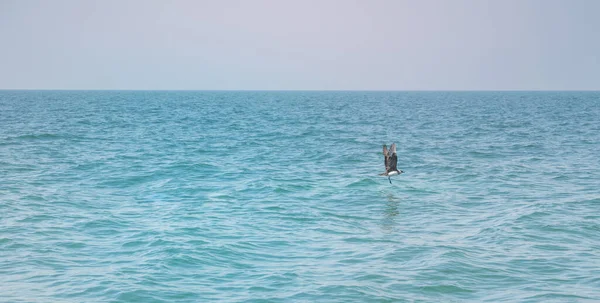
5. The Flood Risk Will Only Get Worse
By 2100, sea-level rise induced by climate change would potentially enhance earthquake-induced flooding to catastrophic proportions. In a high-subsidence scenario, the resident population in the floodplain may increase by more than three times, and more than 29,000 buildings may be exposed.
Critical infrastructure hospitals, wastewater treatment plants would suffer from constant flooding, and agricultural land might be lost due to saltwater intrusion. As Dura emphasizes, “The loss of intertidal wetlands directly affects ecosystem services such as water filtration, habitat for fisheries and shorebirds, and carbon storage capacity.”
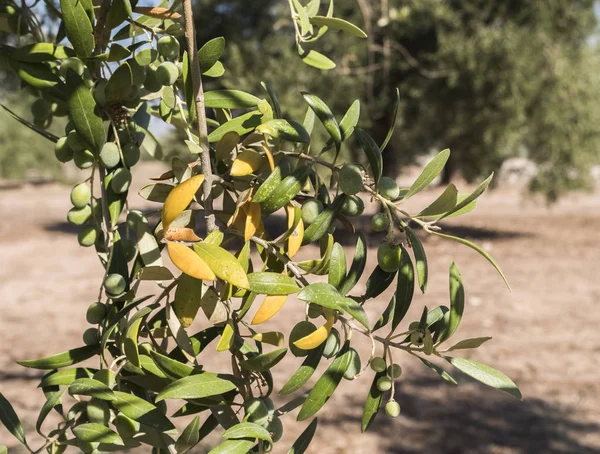
6. Economic Losses Could Hit $134 Billion
A FEMA estimate of a magnitude 9.0 Cascadia earthquake puts economic losses at $134 billion, including earthquake and tsunami destruction. That would include lost bridges, ports, and schools, along with long-term loss of unusable agricultural land and displaced people.
Ports and navigation channels would be damaged for years, affecting regional and national supply chains.
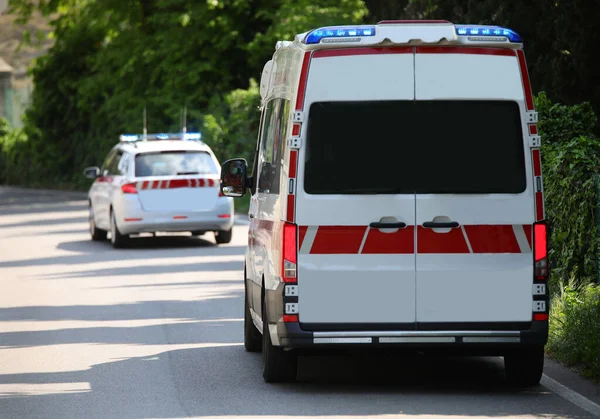
7. Preparedness Gaps Are Still Huge
Even with growing rates of awareness, specialists such as Yale’s Dr. Jeffrey Park caution that “our readiness has not kept up with development.” Several coastal towns continue to remain without proper evacuation routes, warning sirens, or seismic retrofits.
Budget cuts, including the cancellation of the BRIC program by FEMA, have brought closure to key projects, exposing tsunami-bound rural schools and hospitals to a perilous risk.
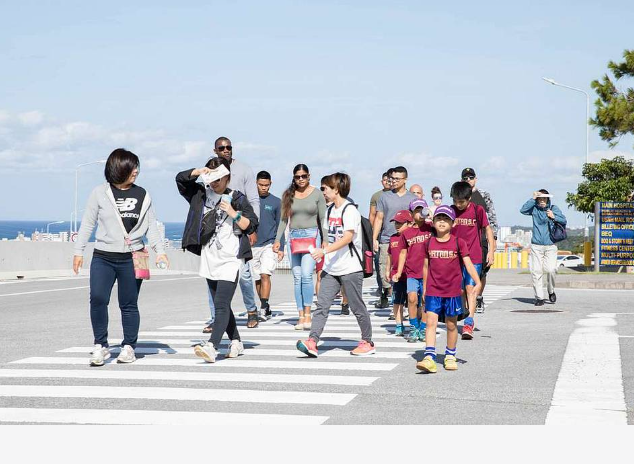
8. Local Action Could Save Thousands
Local emergency response groups in areas such as Pierce County, WA, are creating maps of local hazards, locating special needs residents, and conducting evacuation drills. Specialists emphasize prompt relocation to higher ground may reduce fatalities by half.
King County’s “resilience hubs” hope to serve as safe havens and resources prior to, during, and following disasters, and seismic retrofits of critical bridges such as Portland’s Burnside Bridge may keep the roads open.
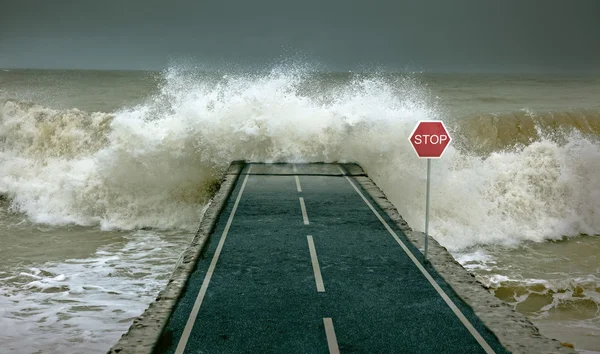
9. Global Lessons and Partnerships
International cooperation with Chile and Japan is facilitating the adoption of tested early warning and tsunami response policies by U.S. agencies. Dr. Kanamori Hiroo, a Japanese geophysicist, points out, “Sharing science and experience can mean the difference between life and death.”
These collaborations also emphasize Cascadia’s global significance other subduction zones present a comparable threat, and insights gained here have the potential to save lives globally.
The Cascadia Subduction Zone is a unique intersection of high likelihood and unprecedented impact. While the science ensures that the issue is not whether but when, the future is not predestined. Investment in infrastructure, public education, and joint emergency planning can make a possible mass-casualty disaster a survivable albeit devastating tragedy. The clock begins ticking now, but planning today could translate to survival tomorrow.


